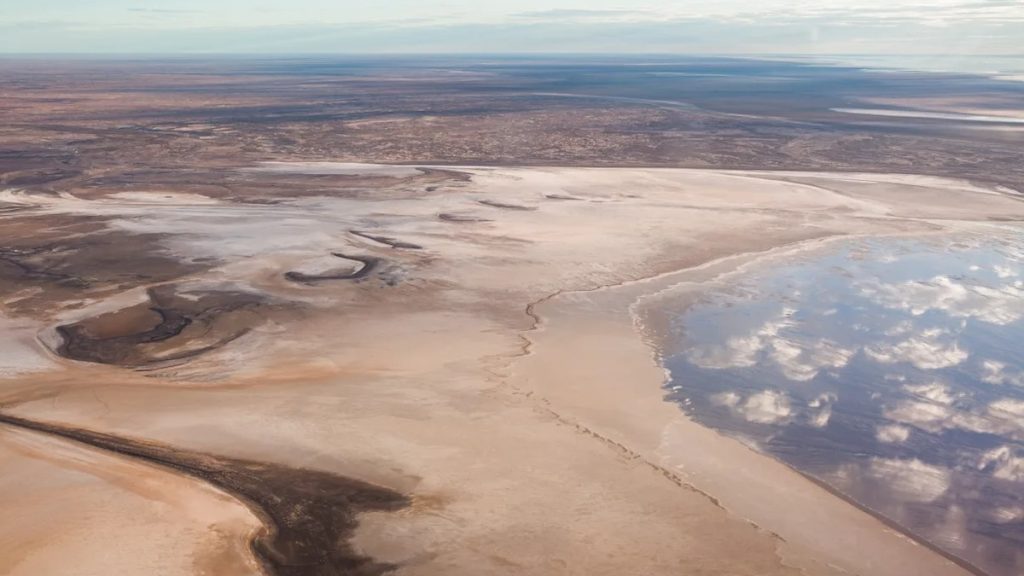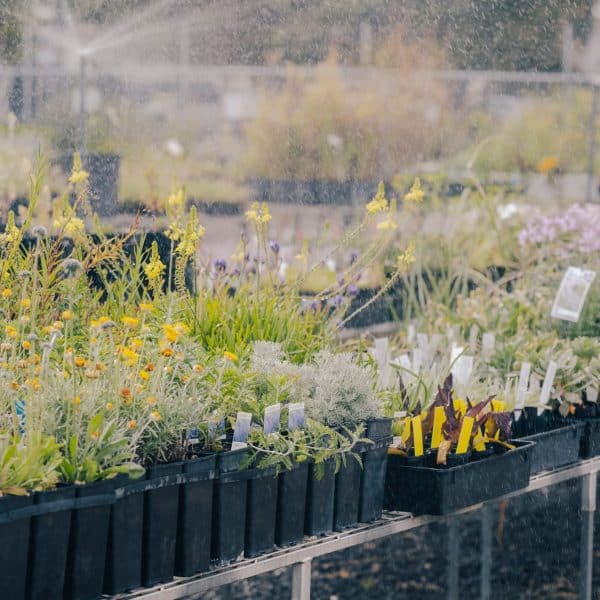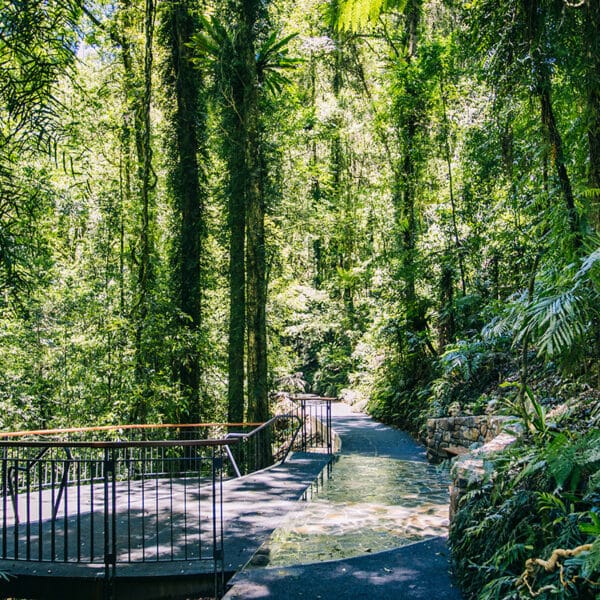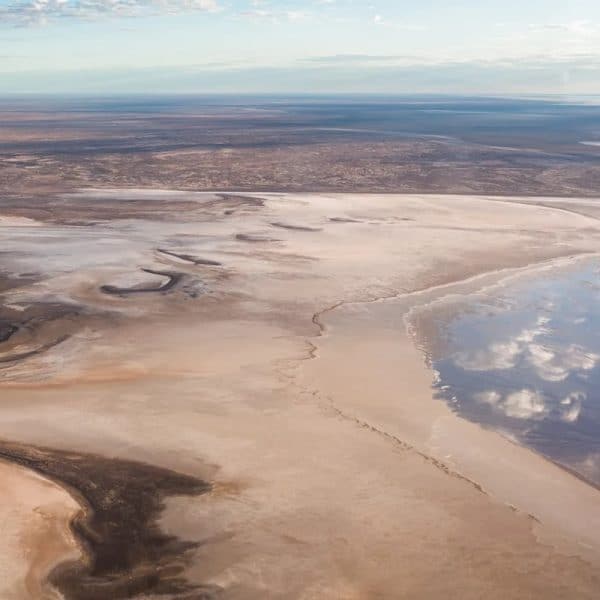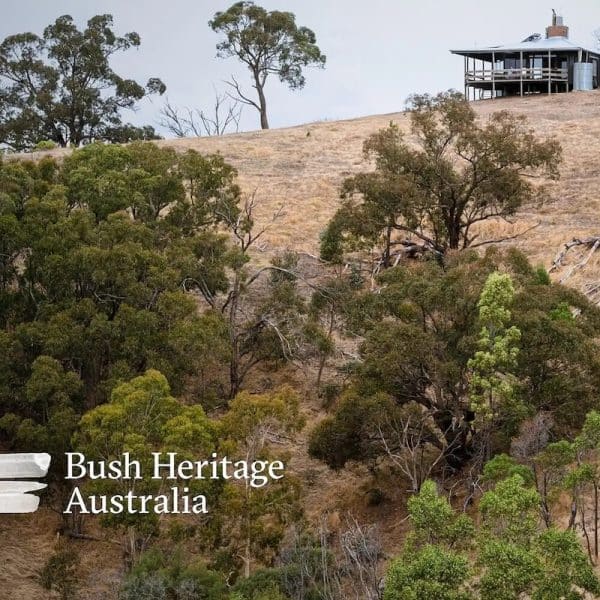Floodwaters from southwest Queensland and northeast South Australia are making their way to the lake, transforming the dry salt bed into a spectacular outback oasis.
The full inundation of Kati Thanda-Lake Eyre will rejuvenate the salt lake’s crust, the wildlife and the surrounding vegetation. When the waters rise, a huge variety of species, many of them rare, spring to life or are attracted to the lake.
As the lowest point in Australia (15m below sea level), the lake covers about 9,500 square kilometres and is co-managed with the Arabana people.
Brine shrimp hatch from eggs in the dry soil, millions of waterbirds and breeding birds from as far as China and Japan migrate to the lake, and fish that are in the floodwaters will spawn and eat the shrimp.
The best way to see the lake and the hundreds of species of birdlife that it attracts is from the air, but visitors can witness the spectacle of the lake from dedicated viewing points within the park.
Many visitors will be keen to make the most of this rare event by camping at the Halligan Bay Point Campground. Located on the shores of the lake, the campground is an exposed, flat campground with limited facilities, including toilets and picnic shelters. Alternative camping is available at Muloorina Bore, north of Marree.
The experience to camp next to the lake during a rare flooding event is one that nature lovers, bird watchers and photographers will find hard to resist.
A new park management plan ensures visitors can enjoy the lake safely while helping to conserve and protect its environmental and cultural values.
Recreational activities including swimming, driving off designated tracks, boating and landing aircraft, are restricted under the National Parks and Wildlife Act 1972 and have been since 1985.
National Parks and Wildlife Service District Ranger Travis Gotch said that visiting Kati Thanda-Lake Eyre is a unique experience but one that needs careful planning and preparation.
“Know where you’re staying, drive to the conditions and make sure that you have enough food, water and resources to fully enjoy a once in a lifetime trip,” Mr Gotch said.
“Kati Thanda-Lake Eyre is a special place. It deserves to be seen but also to be preserved. Visitors can help by staying on marked tracks, taking all litter home and respecting the cultural significance of the lake and surrounds.
“Water will start to find its way into the north lake in early May and there will be varying water levels for up to 6 months. The best times to visit would be between May and October.”
More information: parks.sa.gov.au
Check the latest Desert Parks Bulletin before planning your trip and prepare thoroughly for outback travel with a 4WD and plenty of supplies.
